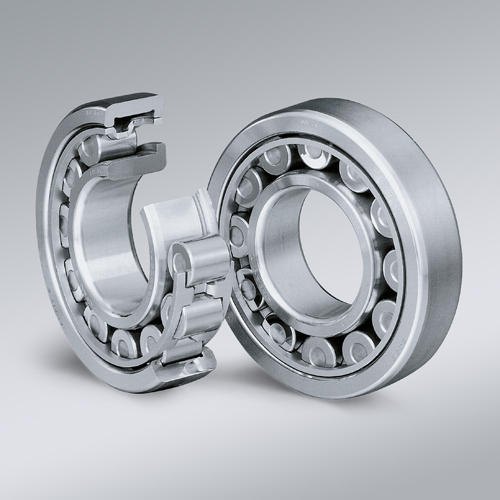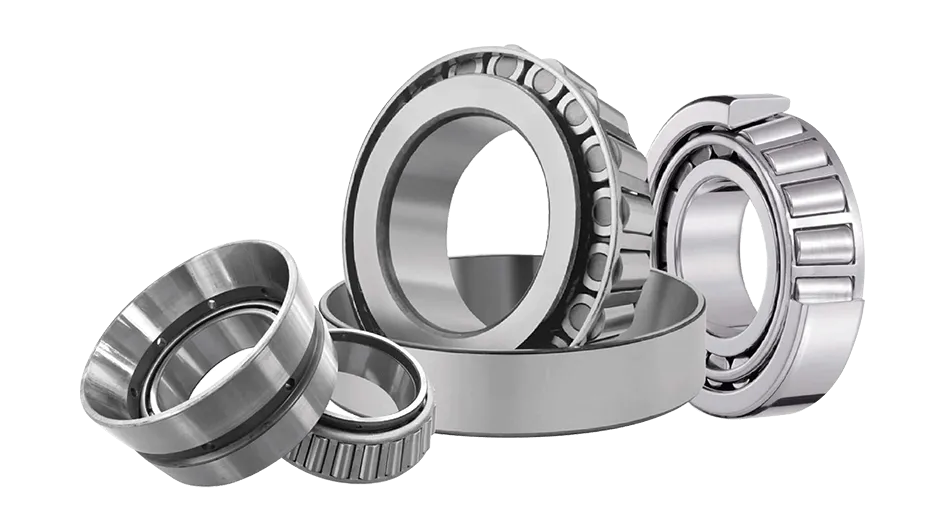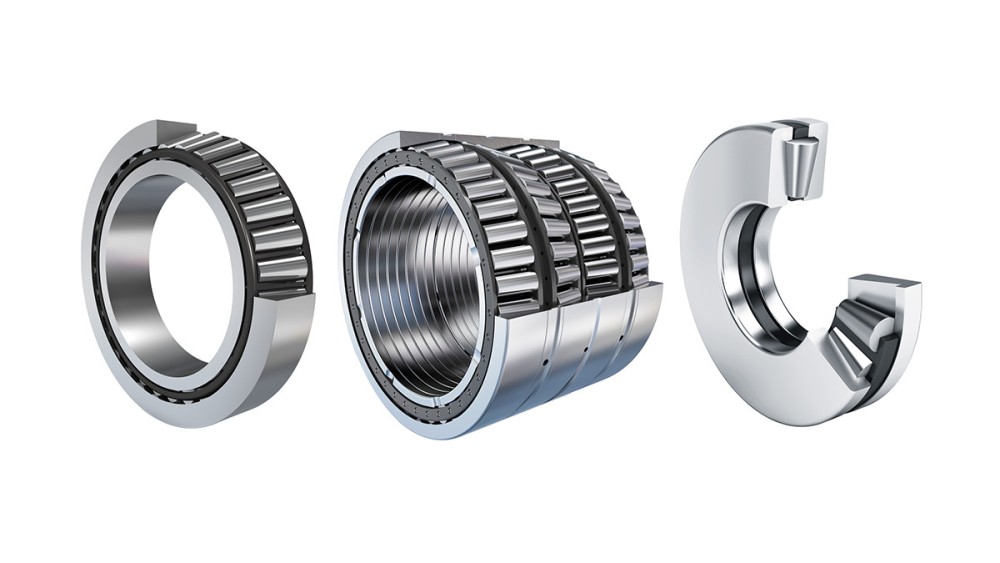Product Description
angular contact ball bearing 84828TN1/P4/P2
7603:760303TN1/P4/P2-760320TN1/P4/P2
BS:BS1747/P4/P2-BS100150/P4/P2
17TAC47B/P4/P2-60TAC120B/P4/P2
Model d D B C=15°±3°
705C/AC 5 14 5 AC=25°±3°
706C/AC 6 17 6
707C/AC 7 19 6
708C/AC 8 22 7
709C/AC 9 24 7
1, plastic industry two-way tensile equipment
Representative models: TM6202-40ZZ (2RS), TM6202-42ZZ (2RS), TM6201-34ZZ (2RS) ()
FS103215, FS174730
2, high speed precision CNC machine tool industry
Representative model: 70 series, 72 series, B7 series, 71 series,760 series, BS series, BSS series
NN series, 23 series
3, PCB industry dedicated
Representative model: L6001C-2RZ/P4HQ1GA, L6002C-2RZ/P4HQ1GA
L6002C-2RZ/P4HQ1GA, L6003C-2RZ/P4HQ1GA
4, metallurgy, mining, machinery industry
Representative model: 230 series, FCK series,Tapered roller series
5, special medical industry (mobile phone bearing drill)
Representative models: C93KXA6,S418MCK, S48MCKK(H),S418FMCKW(H), KA144, BL144
6, photovoltaic industry dedicated
Representative models: 7212C/P4DBB, 7214C/P4QBCB, 7224C/P4DBB
7224C/P4QBCB, 7226C/P4DBB, 7226C/P4QBCB
7, coal industry (steel wire knitting machine equipment bearing)
Representative model: RB-2MK
/* January 22, 2571 19:08:37 */!function(){function s(e,r){var a,o={};try{e&&e.split(“,”).forEach(function(e,t){e&&(a=e.match(/(.*?):(.*)$/))&&1
| Contact Angle: | 15° |
|---|---|
| Aligning: | Non-Aligning Bearing |
| Separated: | Unseparated |
| Rows Number: | Single |
| Load Direction: | Radial Bearing |
| Material: | Bearing Steel |
| Samples: |
US$ 10/Piece
1 Piece(Min.Order) | |
|---|
| Customization: |
Available
| Customized Request |
|---|

Can you explain the installation and alignment considerations for rolling contact bearings?
Proper installation and alignment are crucial for the optimal performance and longevity of rolling contact bearings. Incorrect installation or misalignment can lead to premature wear, increased friction, reduced load-carrying capacity, and potential bearing failure. Here’s a detailed explanation of the installation and alignment considerations for rolling contact bearings:
- Clean and Proper Workspace:
Before installing rolling contact bearings, it is essential to ensure a clean and suitable workspace. The work area should be free from dirt, dust, debris, and contaminants that could enter the bearing during installation. Contamination can cause damage to the bearing surfaces and compromise its performance. Additionally, the workspace should have appropriate tools and equipment to facilitate the installation process, including bearing pullers, mounting tools, and measurement instruments.
- Handling and Storage:
Rolling contact bearings should be handled with care to prevent damage to the bearing surfaces. They should be stored in a clean and dry environment, protected from moisture, dust, and extreme temperatures. During handling, it is important to avoid dropping or impacting the bearings, as this can cause surface damage or internal defects. Proper handling and storage practices help maintain the integrity of the bearings and ensure their performance during installation.
- Shaft and Housing Preparation:
Prior to installing the rolling contact bearings, the shaft and housing surfaces must be prepared appropriately. The shaft and housing should be clean, free from burrs, and have the correct dimensions and tolerances specified by the bearing manufacturer. Any roughness or irregularities on the shaft or housing can affect the fit and alignment of the bearing, leading to performance issues. It may be necessary to use appropriate tools, such as emery cloth or a deburring tool, to smooth the surfaces and ensure proper fitment.
- Bearing Mounting:
When mounting rolling contact bearings, it is essential to follow the manufacturer’s recommended procedures and guidelines. This includes using the appropriate mounting tools and techniques to apply the necessary axial or radial force evenly during installation. Overloading or uneven force application can lead to bearing damage or misalignment. Proper mounting techniques may involve using a press, heat, or specialized mounting tools to ensure the bearing is seated securely and accurately on the shaft or in the housing.
- Alignment:
Accurate alignment of rolling contact bearings is critical for their optimal performance. Misalignment can cause increased friction, premature wear, and reduced load-carrying capacity. It is important to align the bearing with respect to the shaft and housing to ensure proper concentricity and parallelism. Alignment methods may include visual alignment, feeler gauges, dial indicators, laser alignment systems, or other precision alignment tools. The specific alignment requirements may vary depending on the bearing type, application, and manufacturer recommendations.
- Lubrication:
Proper lubrication is essential during the installation of rolling contact bearings. The bearing manufacturer’s recommendations should be followed regarding the type, quantity, and method of lubrication. Lubrication helps reduce friction, dissipate heat, and protect against wear and corrosion. It is important to ensure that the bearing is adequately lubricated during installation to facilitate smooth operation and prevent damage.
- Verification and Testing:
After installation, it is recommended to verify the proper fitment, alignment, and operation of the rolling contact bearings. This may involve checking the axial and radial clearances, measuring runout, and performing functional tests to ensure smooth rotation and proper load distribution. Verification and testing help confirm the successful installation and identify any potential issues that may require adjustment or corrective action.
In summary, proper installation and alignment considerations are essential for the optimal performance and longevity of rolling contact bearings. Following recommended procedures, handling the bearings carefully, preparing the shaft and housing surfaces, ensuring accurate alignment, and providing appropriate lubrication contribute to the successful installation and reliable operation of rolling contact bearings in various applications.

Can you describe the various types of seals and shields used with rolling contact bearings for contamination prevention?
Various types of seals and shields are used with rolling contact bearings to prevent contamination and protect the bearing internals. Here’s a detailed description of the commonly used seals and shields:
- Contact Seals:
Contact seals, also known as lip seals or radial seals, are designed to provide a barrier against contaminants while maintaining lubricant retention within the bearing. These seals consist of a flexible lip that makes contact with the inner or outer ring of the bearing. The lip is typically made of synthetic rubber or elastomeric material. Contact seals effectively prevent the entry of solid particles, liquids, and other contaminants into the bearing. They are suitable for applications with moderate operating speeds and rotational requirements where the sealing function takes priority over low friction.
- Non-Contact Seals:
Non-contact seals, also known as labyrinth seals or gap seals, create a labyrinthine path that hinders the entry of contaminants into the bearing. These seals do not make physical contact with the bearing rings, resulting in lower friction and reduced heat generation compared to contact seals. Non-contact seals are typically constructed using metallic or non-metallic components with precise geometries to create a tortuous path for contaminants. They are suitable for high-speed applications and environments where low friction and minimal heat generation are important considerations.
- Shields:
Shields, also referred to as metal shields or non-contact shields, provide a physical barrier between the rolling elements and the external environment. Shields are typically made of metal, such as steel, and are attached to the outer ring of the bearing. They cover a portion of the bearing’s circumference, leaving a small gap for the rolling elements to function. Shields offer effective protection against larger particles and prevent the direct contact of contaminants with the rolling elements. However, they do not provide a complete seal, allowing for limited air circulation and lubricant flow within the bearing.
- Hybrid Seals:
Hybrid seals combine the advantages of contact seals and non-contact seals. These seals use a combination of contacting and non-contacting elements to provide enhanced protection against contamination. Hybrid seals are designed to reduce friction and heat generation while offering improved sealing performance compared to contact seals. They typically incorporate a non-contacting labyrinth or gap seal with additional contact elements, such as lip seals or brush seals, to provide a more effective barrier against contaminants.
- Ingress Protection (IP) Ratings:
In addition to the specific seal and shield types, rolling contact bearings may also be assigned Ingress Protection (IP) ratings. IP ratings indicate the level of protection provided against solid particles, such as dust and dirt, as well as liquids, such as water and oil. The IP rating is typically represented by a two-digit number, where the first digit represents the level of protection against solid particles, and the second digit represents the level of protection against liquids. Higher IP ratings indicate greater protection against contaminants.
The selection of the appropriate seal or shield type depends on various factors, including the application requirements, operating conditions, contamination risks, and desired friction characteristics. Manufacturers typically provide information on the recommended sealing options for their bearing products, considering the specific application needs and environmental conditions.

Can you describe the load-carrying capacity and load ratings of rolling contact bearings?
Rolling contact bearings are designed to carry various types of loads in mechanical systems. The load-carrying capacity and load ratings of rolling contact bearings play a crucial role in determining their suitability for specific applications. Here’s a detailed explanation of these concepts:
- Load-Carrying Capacity:
The load-carrying capacity of a rolling contact bearing refers to its ability to support and distribute loads without excessive deformation or failure. It is influenced by factors such as the bearing’s design, material properties, and operating conditions. Rolling contact bearings are primarily designed to carry two types of loads:
- Radial Loads: Radial loads act perpendicular to the axis of rotation and are supported by the bearing’s raceways. Radial loads can arise from the weight of the shaft, centrifugal forces, or external forces applied to the bearing. The load-carrying capacity for radial loads is typically specified by the maximum radial load the bearing can withstand without suffering permanent deformation or reduced performance.
- Axial Loads: Axial loads act parallel to the axis of rotation and are supported by the bearing’s configuration, such as the arrangement of the rolling elements or the presence of thrust surfaces. Axial loads can arise from forces that push or pull along the axis of rotation. The load-carrying capacity for axial loads is typically specified by the maximum axial load the bearing can withstand without experiencing excessive wear or reduced performance.
It’s important to note that the load-carrying capacity of a rolling contact bearing is influenced by factors such as rotational speed, lubrication, temperature, and operating conditions. These factors can affect the performance and durability of the bearing under different load conditions.
- Load Ratings:
Load ratings provide standardized values that indicate the maximum permissible loads a rolling contact bearing can carry under specific operating conditions. These ratings help engineers and designers select bearings that can withstand the expected loads in a given application. The two primary load ratings specified for rolling contact bearings are:
- Dynamic Load Rating: The dynamic load rating (C) represents the maximum load that a bearing can carry for a specified number of revolutions or operating hours without developing excessive wear or fatigue. It is based on the bearing’s ability to withstand rolling contact fatigue, which is the most common mode of failure in rolling contact bearings. The dynamic load rating is typically provided by the bearing manufacturer and is expressed in units of force (such as Newtons or pounds-force).
- Static Load Rating: The static load rating (Co) indicates the maximum load that a bearing can withstand without permanent deformation when the bearing is stationary or subjected to very slow rotational speeds. It represents the load capacity of the bearing under static or slowly changing loads. Similar to the dynamic load rating, the static load rating is also provided by the bearing manufacturer and expressed in units of force.
It’s important to consider both the dynamic and static load ratings when selecting a rolling contact bearing for an application. The dynamic load rating is crucial for assessing the bearing’s ability to withstand the varying loads during operation, while the static load rating provides information about the bearing’s resistance to deformation under stationary or slow-speed conditions.
By considering the load-carrying capacity and load ratings of rolling contact bearings, engineers can choose the appropriate bearing type and size to ensure reliable and efficient operation in their specific applications.


editor by CX 2024-05-03